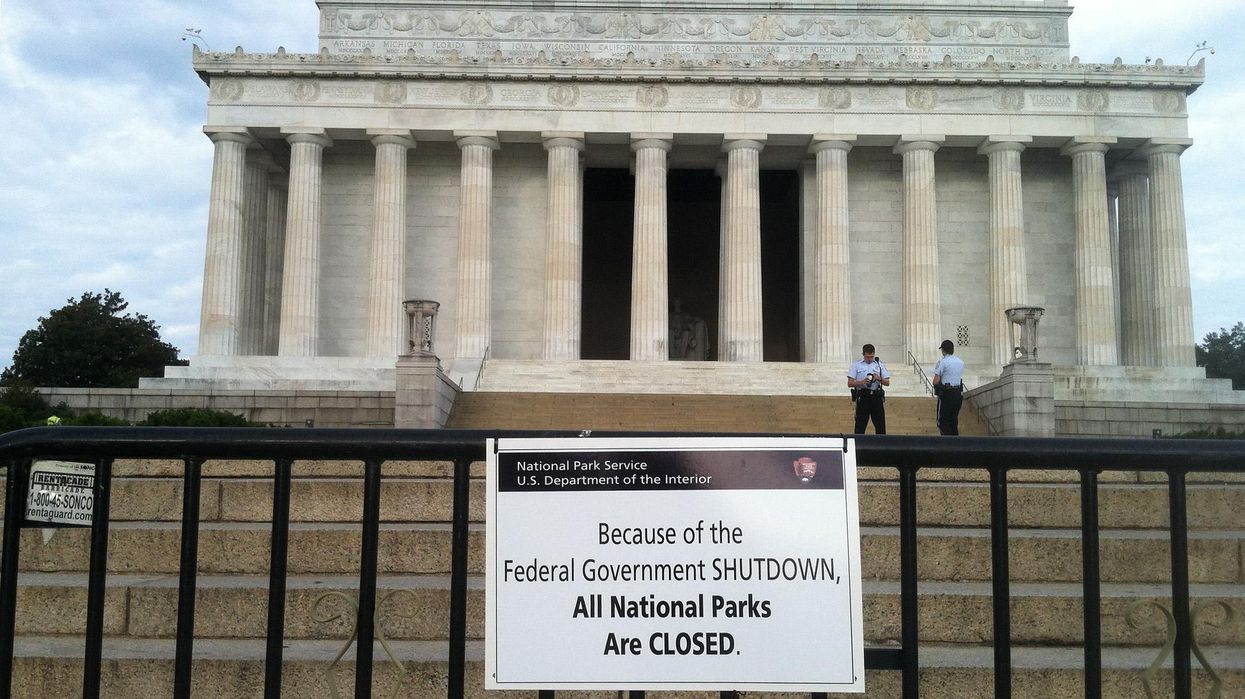
It’s Monday, and the federal government is still open. That’s a good thing, but it’s no cause for celebration.
The most basic task of Congress is to regularly pass a federal budget before the start of the next fiscal year. But Congress has not passed a budget and completed all the appropriations bills that actually fund the federal government on time since 1996. (This year, the Senate has completed zeroof the 12 appropriations bills.)
So legislators keep the government moving by simply extending existing budgets — through a “continuing resolution” — until they can be bothered to get their jobs done.
In several recent years, no budget was ever passed, and continuing resolutions were extended for the next full year. In 2018, neither the House nor Senate even voted on a budget, let alone passed one.
During the past decade, the government has shut down three times, from anywhere from three to 35 days, at a cost to taxpayers of more than $7 billion. Thankfully, that didn’t happen this weekend.
But even this minimal “success” was not free of politics. Fully one-quarter of the Senate voted against the continuing resolution less than 36 hours before inaction would result in a shutdown. It was even worse in the House, where the CR passed 230-201, with just 10 Republicans — including House Problem Solvers Caucus Co-chair Rep. Brian Fitzpatrick (R-PA) — in favor. Other Republicans had wanted to do their basic duty and vote for it, but were muscled into voting “no” by the GOP leadership, seeking an issue for the last month of the midterm campaign.
It’s no coincidence that the era of continuing resolutions has coincided with the increasing polarization of our politics. If Congress is filled with extremists and ambitious officials more interested in playing to the base than in doing their jobs, it’s no wonder even the most important tasks can’t get done.

